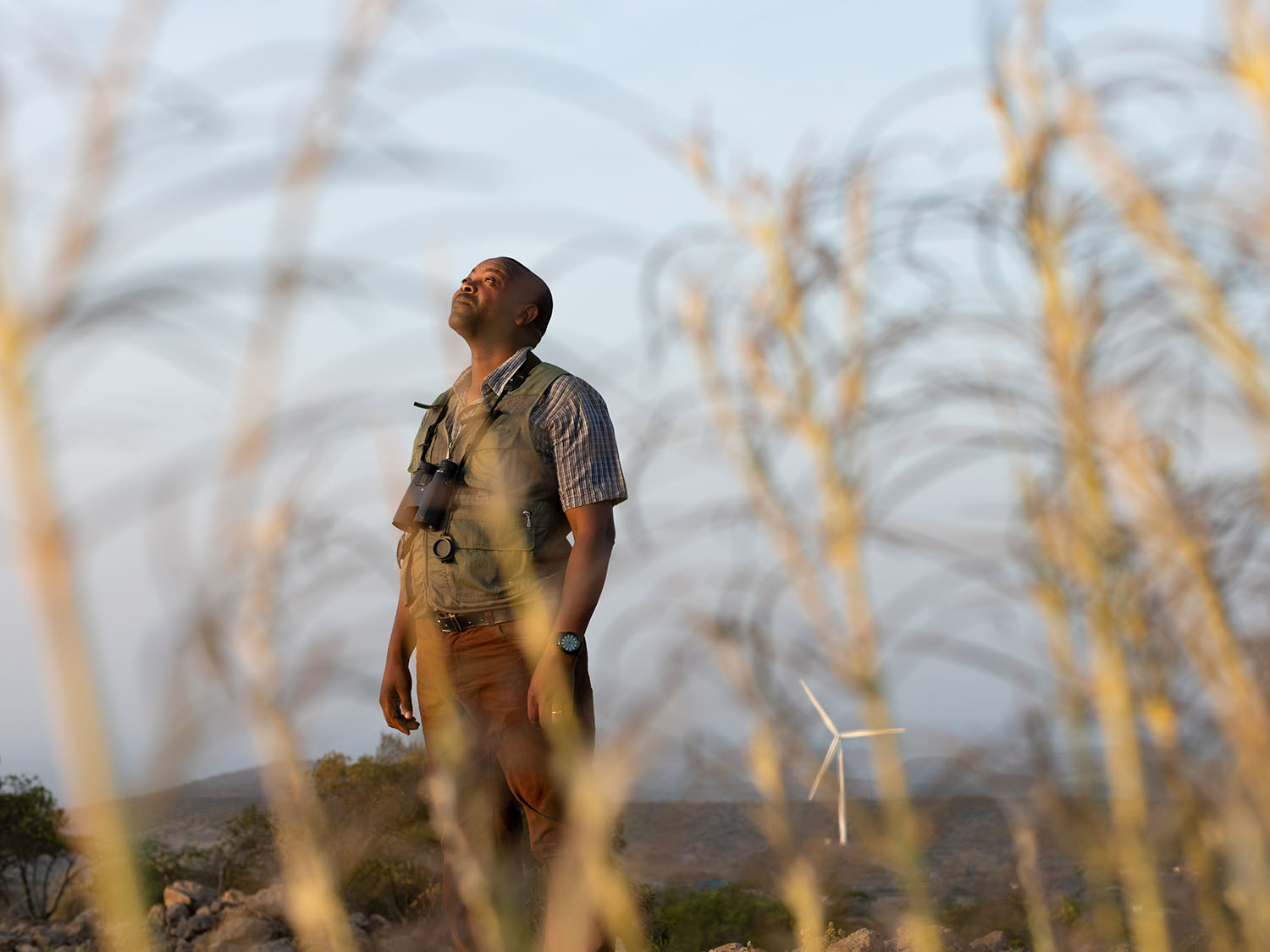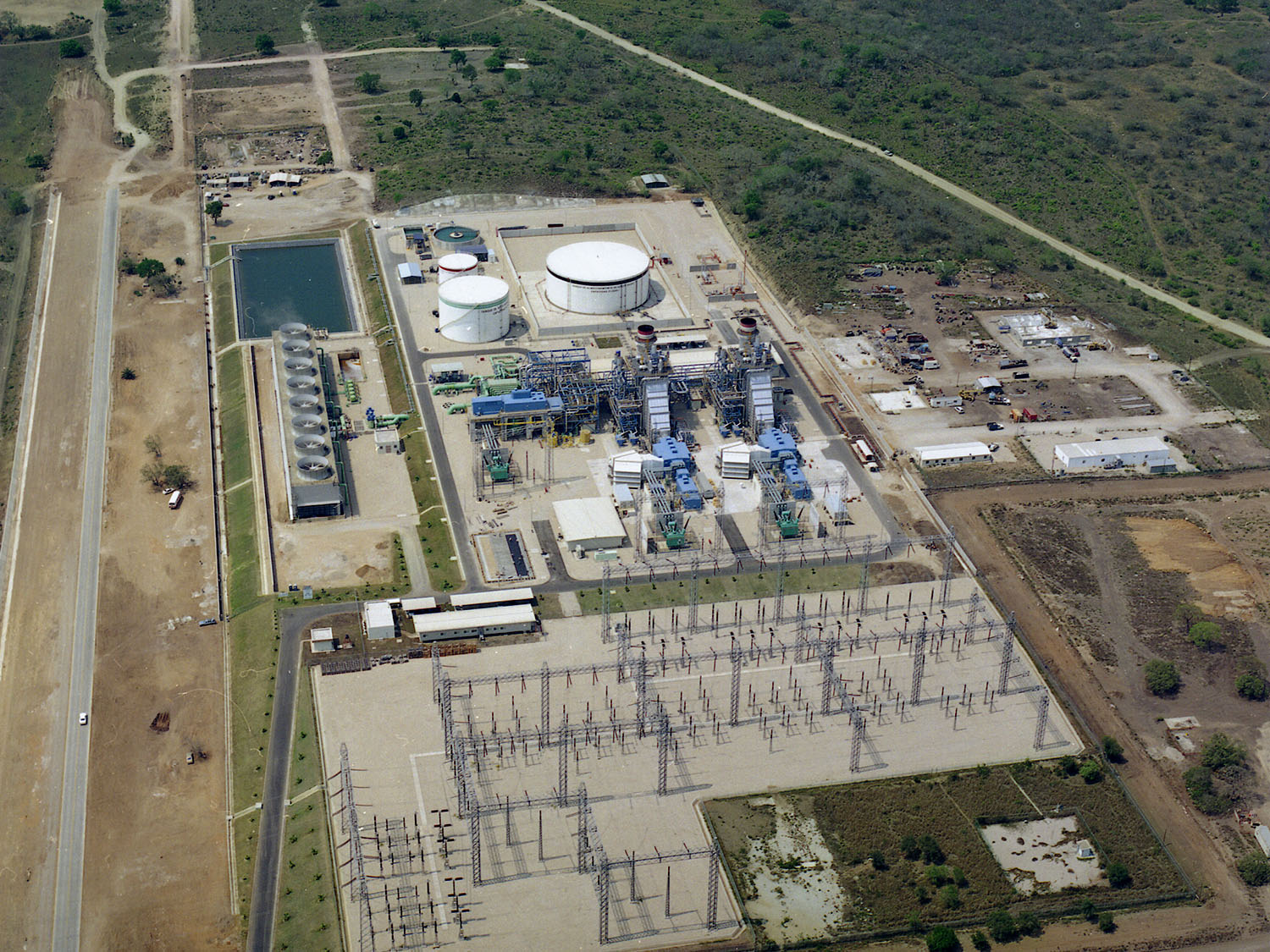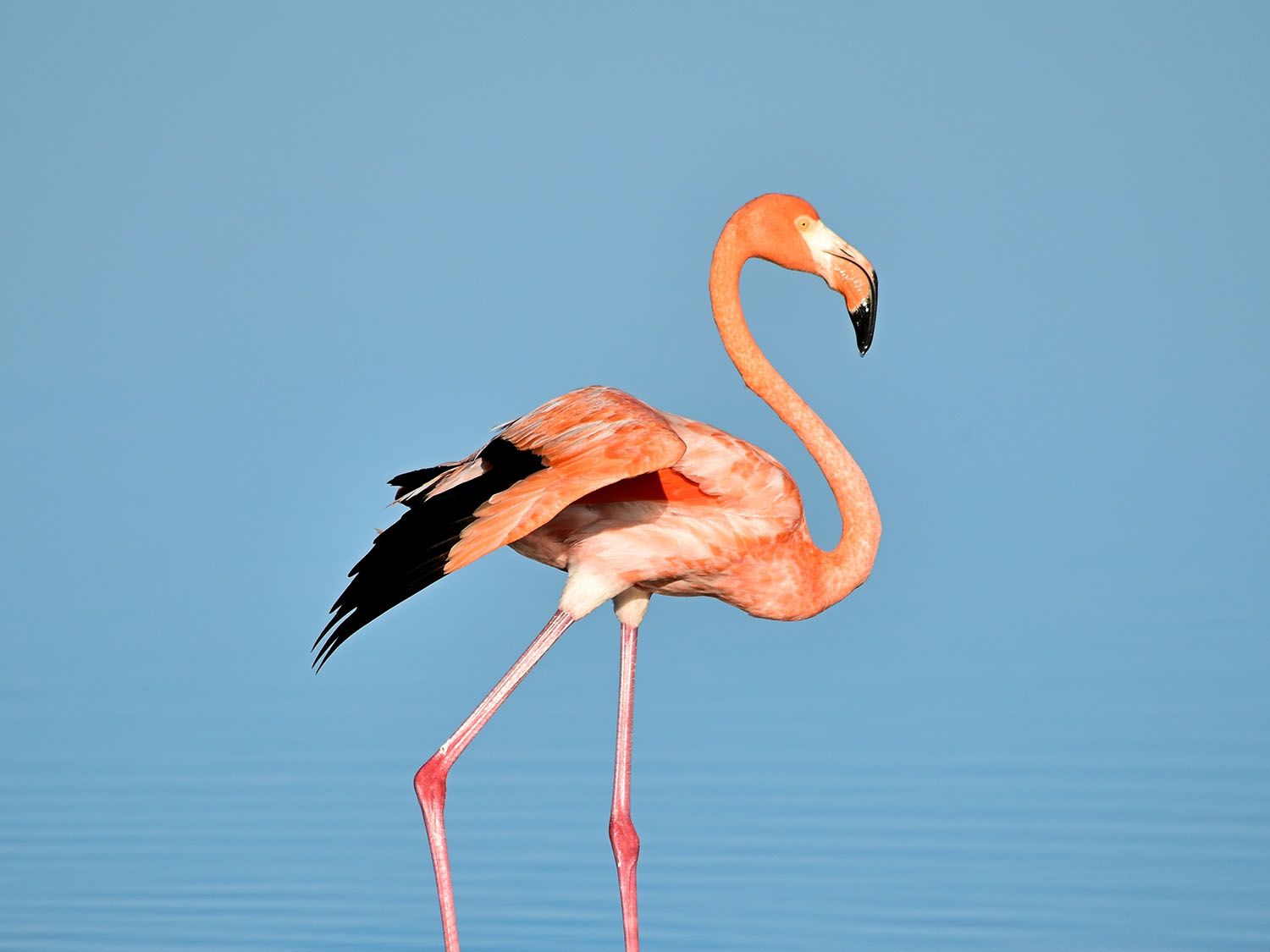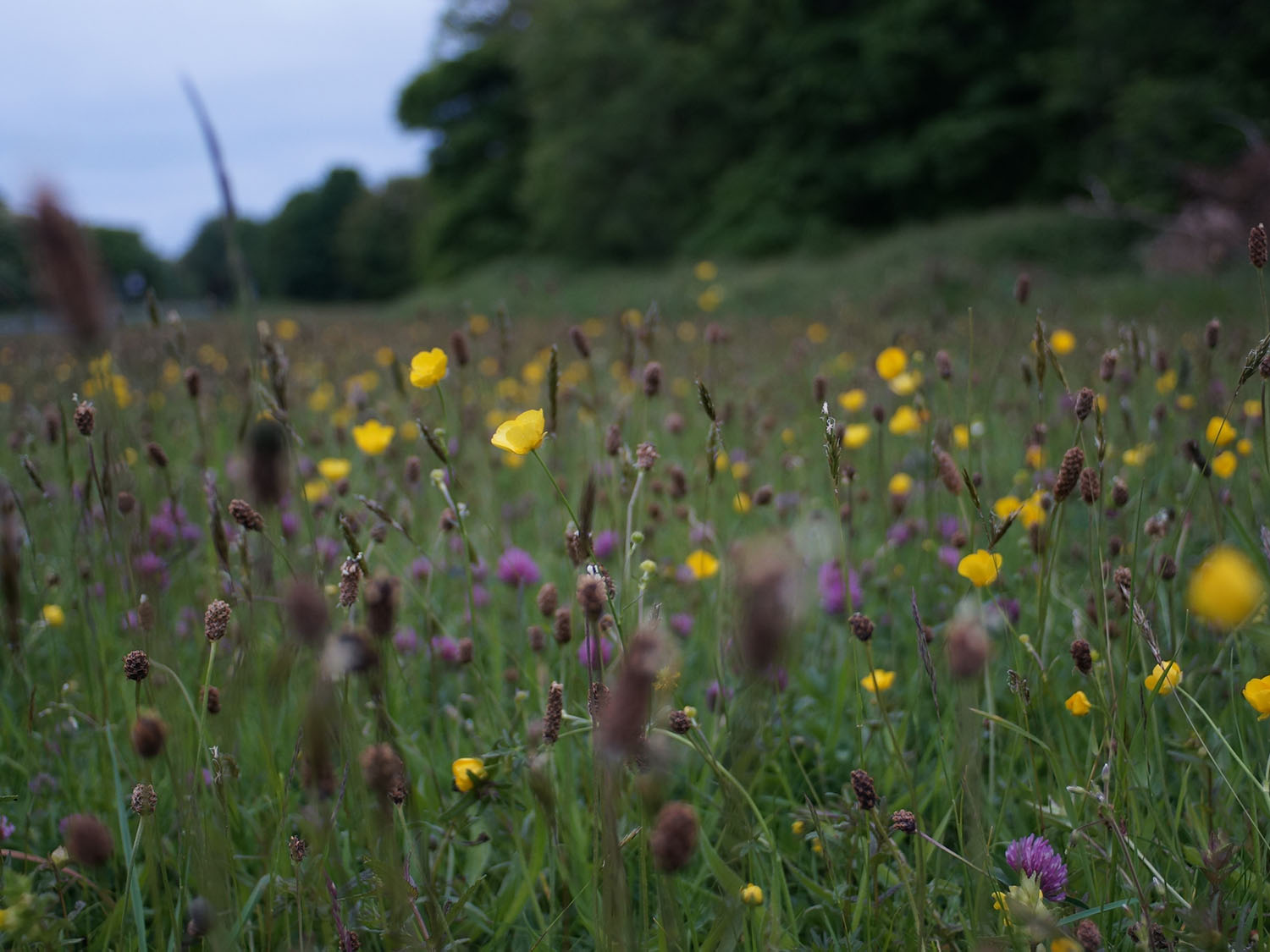Biodiversity and nature are important topics in sustainability circles, but they are transcending sustainability and going mainstream. As we build more infrastructure we encroach further into nature and encounter more and more sensitive habitats, so this challenge will only grow. The key question is: What does it take to invest in ‘nature positive’ infrastructure, and how does this approach unlock value? To help address precisely this question, James Magor, Director of Sustainability at Actis spoke to Lauren Ferstandig at The Nature Conservancy (TNC).
AT THE OUTSET, WE WANTED TO PROVE THAT CONSERVATION AND COMMERCIAL VIABILITY CAN COEXIST. WE HOPE THAT KIPETO PROVIDES AN EXAMPLE THAT OTHERS CAN FOLLOW, NOT ONLY IN AFRICA BUT GLOBALLY.
James: Can you tell us what is meant by the term “natural capital” and why is the conservation of natural capital so important?
Lauren: Natural capital is the air we breathe, the soil we live on, the water we drink and fish in, as well as the biodiversity around us, all of which make human life possible. In the industrial age, we have been continually consuming natural capital – resources like timber, water, minerals – believing that (or acting like) it was both limitless and virtually free. However, as we are all now painfully aware, natural capital is limited – regeneration cannot keep up with the current pace of extraction. And natural capital extraction has real costs: climate change and biodiversity loss both cause cascading systems collapse and therefore economic and, sometimes, human losses. It is critical therefore that we conserve natural capital so that we have the resources needed to maintain and improve people’s lives globally while also protecting the intrinsic importance of the world around us.
James: From TNC’s perspective, what are the current global biodiversity priorities?
Lauren: For biodiversity we need to focus on opportunities for protection and, where necessary, restoration. A biodiverse system is a healthy system which we need to feed an increasingly growing population and slow the warming of our planet. However, biodiversity is highly localised – the species in South Africa are very different from the ones in, say, Spain or the Seychelles. This means it’s much more difficult to develop a standardised or replicable investment structure that addresses biodiversity, and even more important that biodiversity targets and outcomes are tailored to project drivers – as we did with the Kipeto wind farm, in Kenya.
James: Yes, when Actis is developing and operating infrastructure, we recognise the importance of local specialists. However, there are some good practice principles that are universally applicable, such as developing a comprehensive biodiversity baseline, ensuring a robust impact assessment process and systematically integrating the mitigation hierarchy into a development approach. What do you believe is the role and importance of the private sector in addressing the biodiversity priorities that you’ve highlighted? What do you think this means for Actis?
Lauren: As with all areas of conservation, philanthropic funding is crucial, but not sufficient to meet the scope of the problem. Therefore, the private sector plays a very important role in providing the capital critical to address the biodiversity crisis. A firm like Actis, whose investments touch many local places, has the opportunity to bring in local and international experts and develop tailored biodiversity plans to minimise, offset or perhaps even eliminate biodiversity loss.
As you’ve pointed out, Actis and others, at a minimum, should be following the mitigation hierarchy to limit as far as possible the negative impacts on biodiversity from development projects, while looking for opportunities to go above and beyond that to actually restore biodiversity.
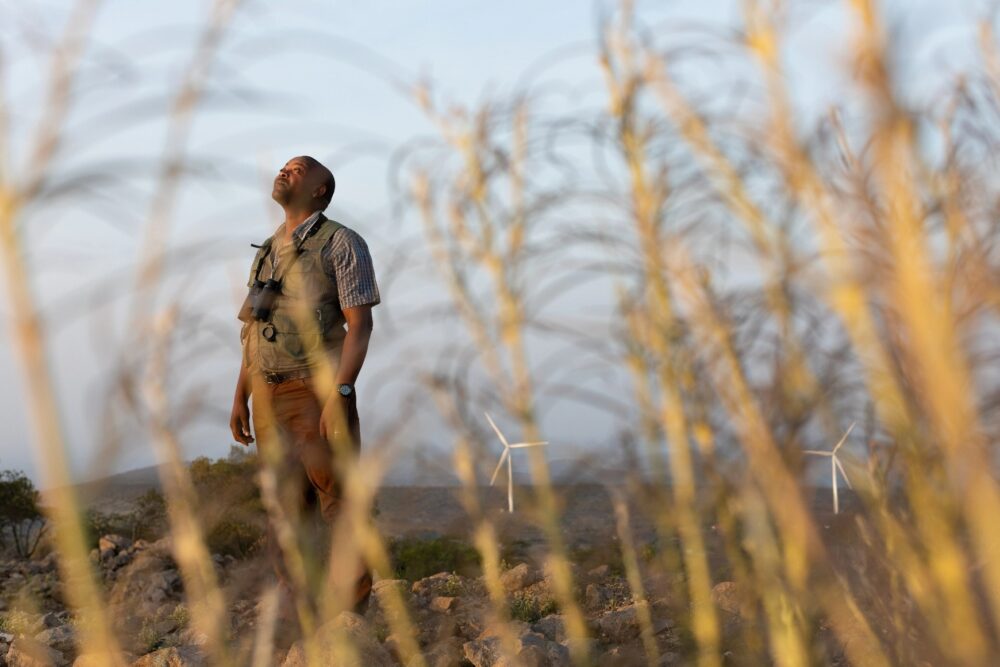
James: It’s interesting that you highlight the importance of going above and beyond to actually restore biodiversity. How does TNC define and measure ‘nature positive’ when looking at investment opportunities?
Lauren: TNC works to make all of our investments nature positive. For us this means going beyond just an ‘investment screen’ when we’re making investment decisions. It means identifying opportunities to specifically build in target outcomes that improve performance above and beyond business as usual. Each investment must have specific targets developed for it that are applicable to the on-the-ground needs.
TNC aims to demonstrate that nature-positive infrastructure can be a better investment over the long-term, providing better-performing assets and many tangible and intangible co-benefits. In this process, TNC seeks to ensure that infrastructure is sited early in the project life cycle using landscape-scale planning and applying the mitigation hierarchy, that natural infrastructure can take the place of engineered solutions (as well as hybrid solutions), and that natural capital concepts are incorporated into infrastructure planning.
James: Why is infrastructure one of TNC’s priorities?
Lauren: There is a significant relationship between infrastructure and biodiversity, which is underlined by the scale of expected infrastructure development, the longevity of infrastructure assets, and their potential for transformational impacts on nature. Therefore, TNC believes that including a nature-positive infrastructure approach is necessary to ensure that countries drive infrastructure development based on a clear pathway for mitigating impacts on biodiversity, helping to ensure that projects are designed and implemented sustainably, with biodiversity and the ecosystem services they support at the forefront of every project decision.
James: Yes, there are potentially significant risks, but the scale and long-life nature of infrastructure investments also presents a great opportunity to have a positive impact. And that’s what the two of us worked toward together on the Kipeto wind power project in Kenya.
Lauren: Exactly, The Nature Conservancy, with the support of 12 impact-focused investors, provided capital to Actis for the Kipeto wind farm in Kenya. Through this investment, the project is generating $500,000 annually to be spent on vulture conservation across the southern Rift Valley – more than the previous budget for vulture conservation across the entire country. Additionally, TNC serves on Kipeto Wind Farm’s Biodiversity Committee (a sub-committee to the board of directors), overseeing vulture conservation efforts in and around the wind farm.
TNC partnered with Actis on this particular wind farm because the vulture population in this part of the world has declined rapidly over the past 20 years. This is not due to the construction of wind farms; rather, it is due to increasing human-wildlife conflict. As humans move further out into once-wild areas, their livelihoods can be threatened by wild animals – for instance, lions and other predators may attack their cattle herds. In order to prevent this, cattle herders may poison carcasses in order to kill the predators, but carrion-eating birds like vultures are the ones really affected. TNC recognised an opportunity to generate long-term sustainable funding to address this problem while also working with Actis to mitigate its specific impacts on biodiversity through this wind farm.
Subscribe to The Street View
Receive the latest news & updates from our experts.
James: Kipeto is a wonderful project and it’s been a real career highlight to be involved. Can you speak about the biodiversity activities have been implemented at the Kipeto project? Can you describe how Kipeto is enhancing natural capital while driving Africa’s energy transition?
Lauren: Renewable sources of energy are a priority in Kenya (and globally) but mitigating impacts on local communities and wildlife populations is of extreme importance as this infrastructure is developed. Kipeto Energy’s biodiversity action plan, developed and overseen by the Biodiversity Committee of which TNC is a member, allocates funding to local non-profits implementing conservation actions in support of this plan. Using this funding, over the past two years one of our non-profit collaborators has GPS-tagged 35 raptors, including 22 vultures, to monitor movements and identify population hotspots to better understand collision risk and help safeguard the birds. Our non-profit collaborators and the Kipeto team have focused on community engagement to educate local communities on human-wildlife conflicts and ways to reduce their impacts, such as helping build predator-proof bomas for local livestock keepers, distributing predator deterrent lights and raising awareness of the importance of vultures.
All of the biodiversity activities coupled with Kipeto Energy’s efforts at monitoring the wind farm for bird activity at collision risk height, shutting down turbines to reduce bird fatalities when needed and working with local experts to understand changes to the wind farm landscape that will assist with reducing bird species congregating near the turbines, are ensuing natural capital is prioritized and enhanced while delivering a much-needed energy resource.
James: Thank you, Lauren. At the outset, we wanted to prove that conservation and commercial viability can coexist. We hope that Kipeto provides an example that others can follow, not only in Africa but globally. Furthermore, when we created the BTE Renewables platform, biodiversity was a one of several project risks that needed to be managed and mitigated; however, the success of BTE’s biodiversity programs in Kenya and South Africa attracted broad industry recognition. I believe this has become intrinsic to the Platform’s identity and value. Actis is a commercial investor, and clearly we don’t seek biodiversity issues to manage, but it’s a great illustration of how closely connected risk management and value creation can be.
